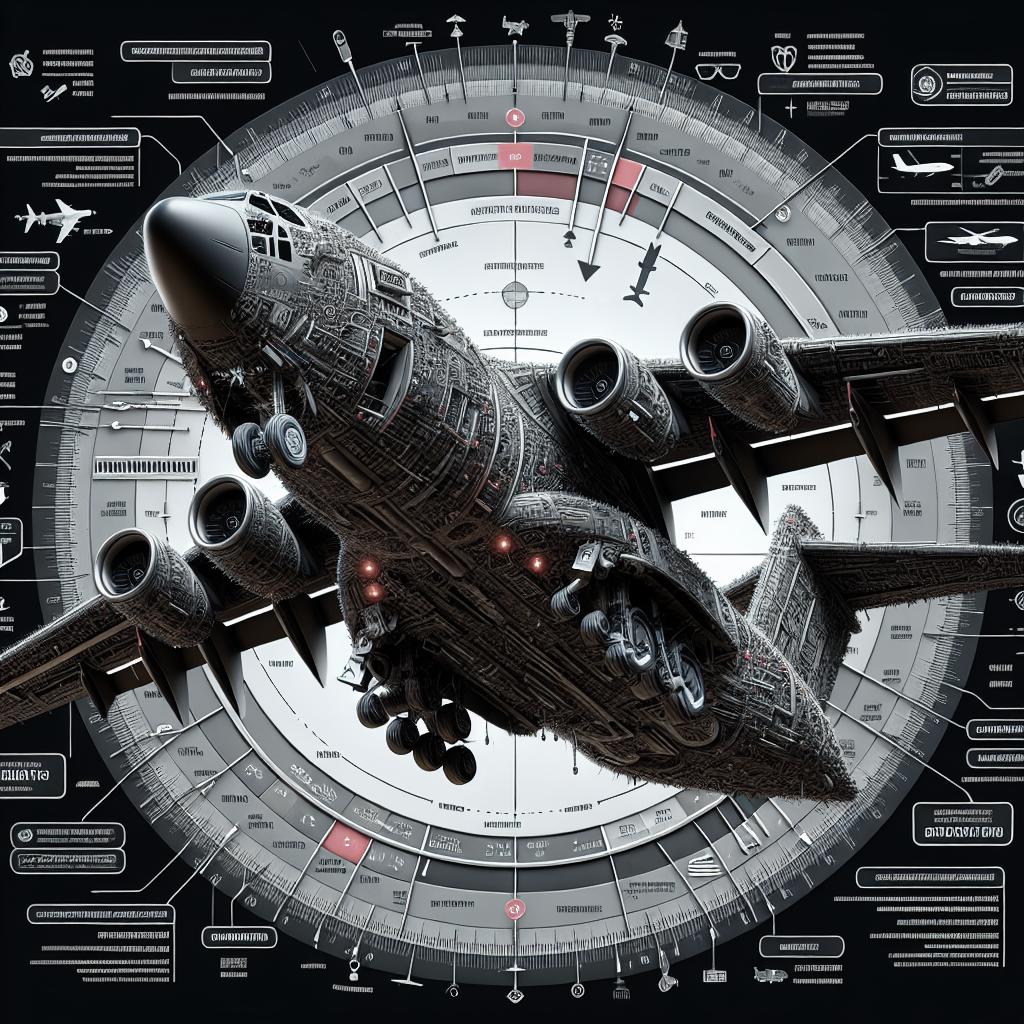— Challenges of Precision Bombing Missions Precision bombing missions have always been a critical element in warfare, seeking to target strategic enemy assets while minimizing collateral damage. However, these missions are fraught with challenges ranging from technological limitations to human error and enemy defenses. This article explores historical examples of precision bombing missions and the difficulties they faced. We’ll delve into the operations of the B-17 Flying Fortress and Eighth Air Force during World War II, recount the Raid on Munster, and examine the notorious ‘Black Thursday’ or the Second Schweinfurt Raid. To add insightful perspectives to our exploration, we’ll highlight the expertise of military historian John Curatola, PhD. Each of these sections sheds light on the complexities and lessons learned from past precision bombing missions. —
B-17 Flying Fortress & Eighth Air Force
The B-17 Flying Fortress was an engineering marvel of its time, known for its durability and significant payload capacity. Introduced in the 1930s, it became an iconic symbol of the U.S. Air Force during World War II. The Eighth Air Force, established in January 1942, was the primary operator of B-17s in the European theater. This formidable combination aimed to cripple the Nazi war machine through a series of strategic bombings. Despite its advanced design, the B-17 faced challenges including navigation difficulties, mechanical failures, and limited bombing accuracy. The Eighth Air Force’s mission was to pave the way for Allied ground forces by targeting key industrial and military centers in Nazi-occupied Europe. However, precision bombing was hampered by factors such as unpredictable weather, enemy anti-aircraft fire, and the rudimentary nature of bombing tactics available at the time. The brave crews often flew in large formations for mutual protection but still incurred substantial losses due to these perils. —
Raid on Munster
The Raid on Munster on October 10, 1943, exemplifies the risks and challenges of precision bombing missions. This mission aimed to disable the strategically vital railroad marshaling yards in Munster, Germany. Over 200 B-17s were dispatched, underlining the importance attributed to this target. Despite meticulous planning, the mission encountered numerous obstacles, primarily in the form of intense flak and fighter opposition. Flight crews had to contend with mechanical issues and the relentless pressure of enemy defenses. The bomber formations faced severe anti-aircraft artillery that forced them to alter their flight paths and elevations, adversely affecting bombing accuracy. Furthermore, German Luftwaffe fighters conducted coordinated attacks, inflicting heavy losses on the American bombers. As a result, although the bombers succeeded in hitting their designated targets, the cost was significant, and the impact on morale among the Eighth Air Force crews was considerable. —
‘Black Thursday’: The Second Schweinfurt Raid
The Second Schweinfurt Raid, also known as ‘Black Thursday,’ took place on October 14, 1943, and stands as one of the most harrowing precision bombing missions in history. The target was the ball-bearing factories in Schweinfurt, Germany, crucial to the Nazi war effort. Anticipating the strategic importance of these factories, the raid’s planners aimed for a decisive blow to hinder German machinery production. However, the mission turned disastrous. The raid involved 291 B-17s, but only 229 made it to the target amidst fierce resistance. As they approached Schweinfurt, the bombers faced dense anti-aircraft fire and relentless attacks from enemy fighters. The severe opposition disrupted flight formations, reducing bombing accuracy and leading to substantial aircraft losses. By the end of the mission, 60 B-17s were lost, and many others were damaged, reflecting the staggering toll of ‘Black Thursday’ on the Eighth Air Force. —
John Curatola, PhD
John Curatola, PhD, is a respected military historian specializing in air power and strategic bombing during World War II. His insights illuminate the complexities and strategic ramifications of these historical missions. According to Dr. Curatola, precision bombing missions like those of the Eighth Air Force were subject to a blend of technological, environmental, and tactical challenges that contemporary planners are still learning from today. Dr. Curatola emphasizes the importance of understanding the human element in these campaigns. The courage, adaptability, and morale of the aircrews played crucial roles in the execution of precision bombing missions. Despite technological advancements, human factors—ranging from fatigue to decision-making under duress—significantly influenced mission outcomes. These insights underscore the need for continuous innovation and training to meet modern-day precision bombing requirements. — Final Thoughts As we’ve explored through historical example and expert insight, precision bombing missions have always been intricate operations, demanding significant planning, resources, and bravery. The B-17 Flying Fortress and the Eighth Air Force set the stage for modern air warfare, confronting and overcoming numerous obstacles. Events such as the raids on Munster and Schweinfurt illustrate both the potential and perils of such missions. Through the perspective of historians like Dr. John Curatola, we gain a fuller understanding of these challenges and their lasting impact on military strategy. — “`html
| Subheading | Key Points |
|---|---|
| B-17 Flying Fortress & Eighth Air Force | Introduction to B-17 and the Eighth Air Force; their role and challenges in precision bombing. |
| Raid on Munster | Details of the Munster raid; challenges faced, including flak and fighter opposition. |
| ‘Black Thursday’: The Second Schweinfurt Raid | Account of the Second Schweinfurt Raid; significance, challenges, and heavy losses incurred. |
| John Curatola, PhD | Expert insights on the complexities of precision bombing; importance of the human element and technological issues. |
“`


